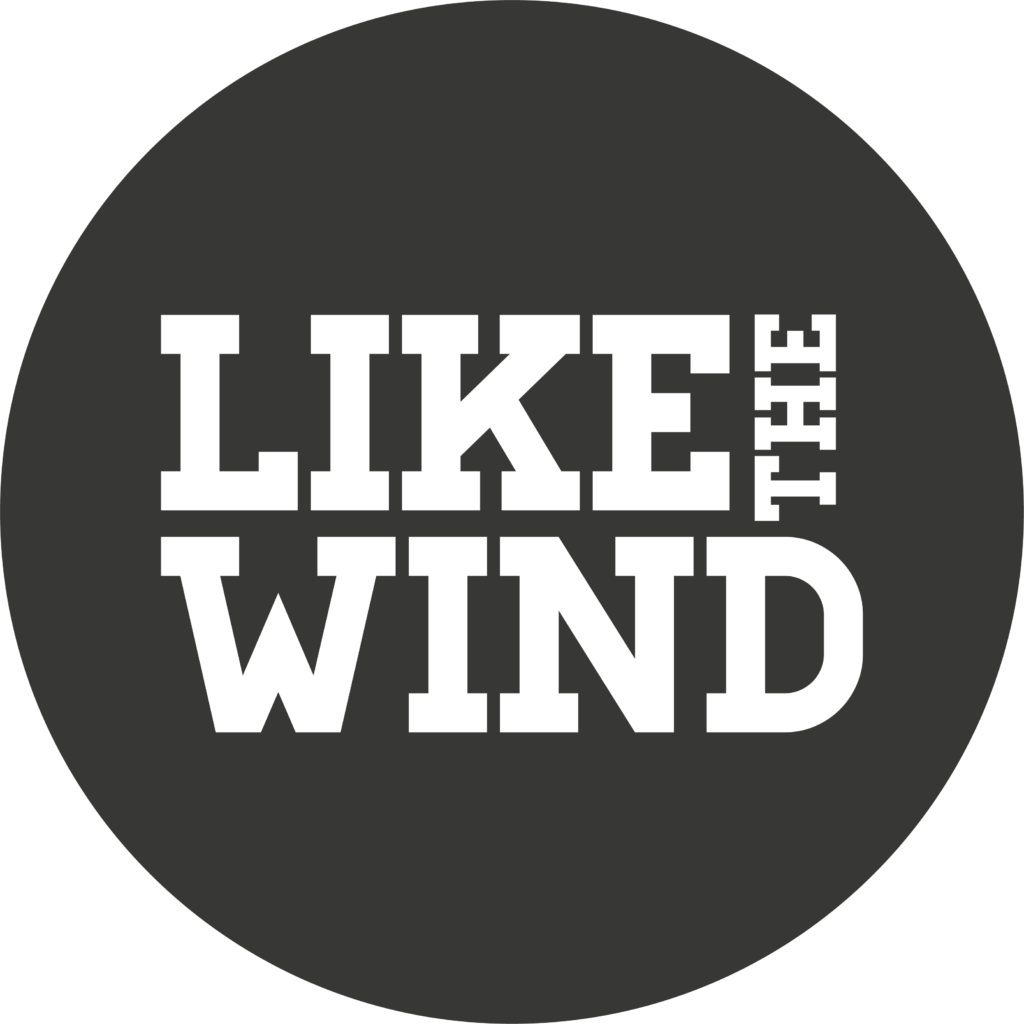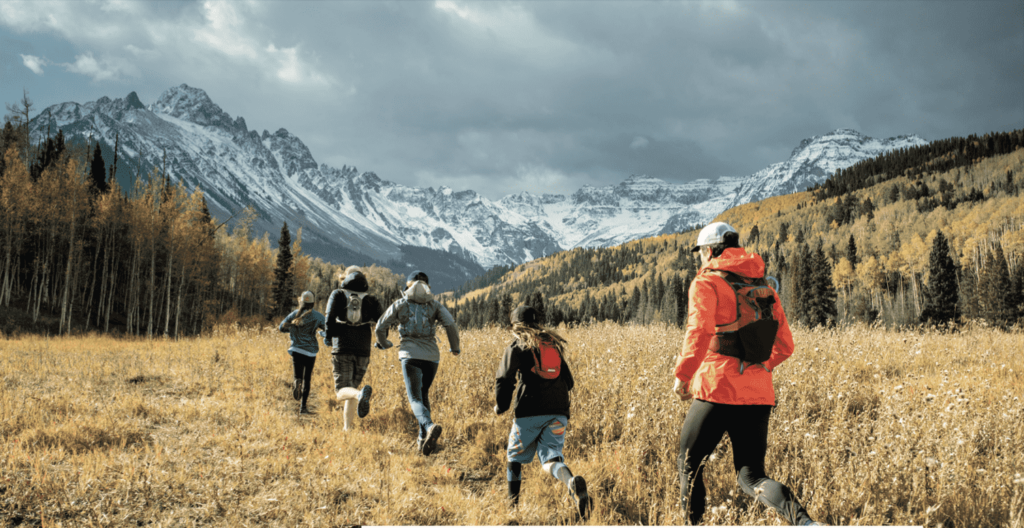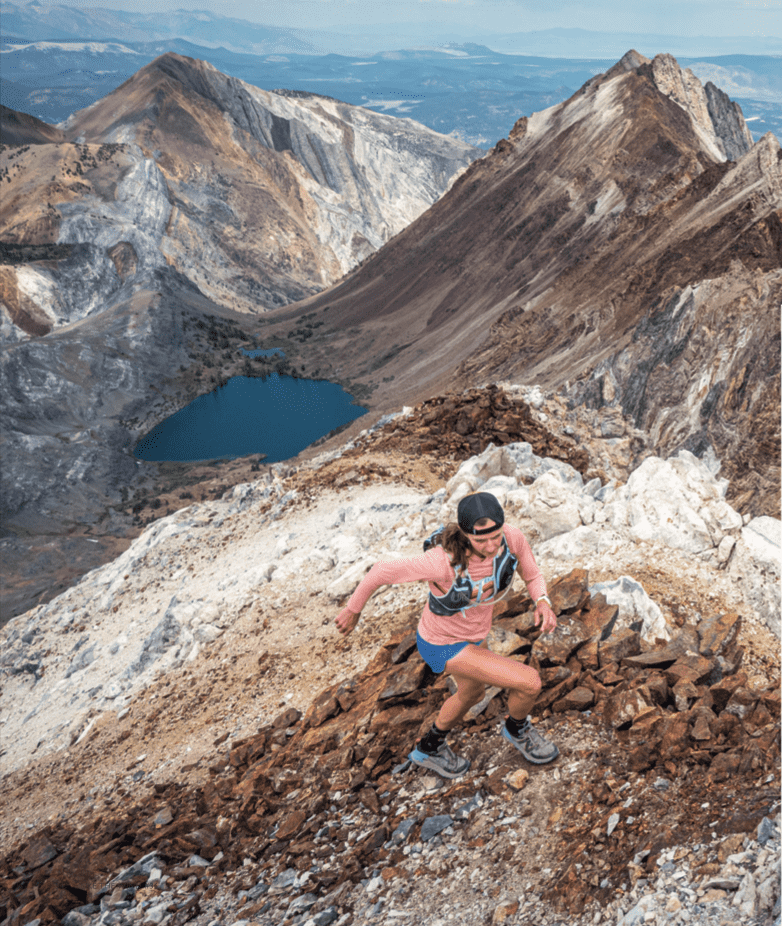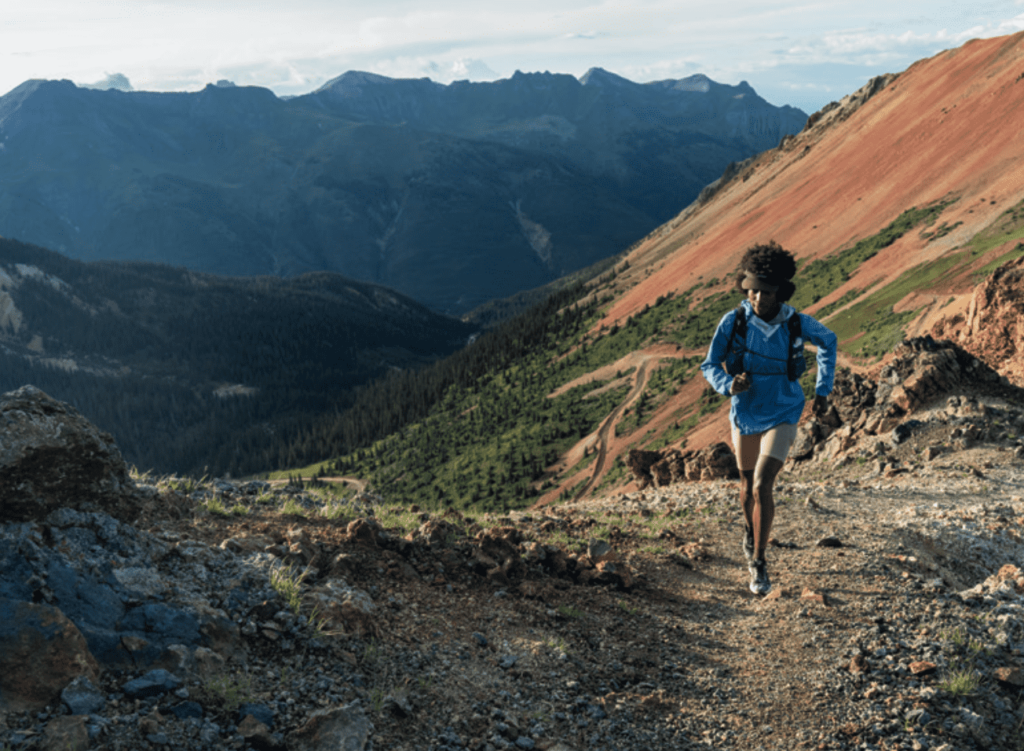WORDS BY LIKE THE WIND – PHOTOGRAPHY BY PATAGONIA
What do mountaineering, rock climbing, mountain biking, surfing, skiing and trail running have in common? Perhaps it is that, at their core, all these sports are based around the idea of people moving under their own steam.
Patagonia makes products for – and tells stories about – all these “human powered” activities. But perhaps that is a rather superficial description. Go a level deeper and it becomes clear that all the activities with which Patagonia concerns itself involve being in nature. And, for many of the people who wear or use Patagonia gear, the further and longer they’re in nature, the better.
One level deeper still and it becomes apparent that all of these human-powered, immersed-in-nature activities are great platforms for activism. That’s why Patagonia is involved in these activities. That’s certainly why the brand is involved in trail running. But we’re getting ahead of ourselves. First, let’s understand how and why Patagonia became involved in trail running in the first place.
Our guides on this journey into Patagonia’s place in trail running are Jessica Rogers, product line director for trail running and hiking, and Bianca Botta, global marketing director for trail running and hiking. The way they describe their intertwined roles is that Jessica works with the product development teams and Bianca is responsible for all the communications around those products.
To start, Jessica takes the story back to the beginning.
THE INITIAL CLIMB
Yvon Chouinard and his friends loved rock climbing, but were concerned about the damage their equipment was doing to the environment they adored. Chouinard set up Patagonia (initially called Chouinard Equipment) in 1957 to make climbing hardware that would be less damaging to the rocks. After a few years, the product line evolved to include clothing and other adventure essentials.
By 1995 the company’s areas of interest were diversifying, and the endurance line – which included products for Nordic skiers, road runners, cyclists and so on – was introduced. There was a recognition that people were moving laterally, as well as vertically, through wild places.
Jessica explains that by the early 2000s, trail running was seeing a huge growth in interest and Patagonia changed its focus to cater more specifically to this sub-section of the running world. “We’ve had a lot of different folks work on these categories over the years,” she explains. “But it’s always been rooted in the same ethos, storytelling and focus that YC [Yvon Chouinard] started within climbing and mountaineering: making sure we have a co-ordinated focus on the problem we’re trying to solve with whatever product we put out there.
The Patagonia product development team have also seen how people spending time in the mountains are blurring the lines between different activities. So the concepts for different products have become more flexible and adaptable – a key pillar when it comes to sustainability.
“In many ways,” says Jessica, “it’s people thinking about different types of gear they’re bringing as they’re going from single-track trails into more of a scrambling space. So we have a lot of climbers getting into the run space because they want to get further [into the mountains] and they want to be able to get there on their own.”
Bianca agrees. “Mountaineers and alpinists want to move light and fast,” she says. “And who knows light and fast better than trail runners? So that’s a natural evolution and connection between the two sports that makes for a lot of commonalities.”
ON A MISSION
But more significantly than creating great apparel and equipment for trail runners, Patagonia is focused
on its mission: saving our home planet. So why is trail running an important arena in which to further that mission?
“We see sport as a tool for activism,” says Bianca, “and, as we see in a lot of sports, when someone accomplishes a great feat, people take notice. That creates a lot of opportunity for conversation. So that’s what a lot of our ambassadors are tasked with or focused on: when they’re accomplishing something big, to couple that with a message.”
One example of that is Felipe Cancino. His backyard is the Maipo Valley, close to Santiago in Chile. The valley is under threat from the creation of a huge hydro-electric dam, which is altering the course of the river, causing small towns and traditions to disappear, endangering Santiago’s water supply and forever impacting the natural environment of the valley. Felipe ran 120km, climbing more than 5,800m, tracing the route of the Alto Maipo pipelines, for a film called Corriendo para salvar una Cuenca (running to save a watershed) that brought attention to this environment’s catastrophe. (Watch it on YouTube – it’s worth it.)
Felipe is not alone in using trail running as a platform to try to affect change. Jessica and Bianca highlight the work that Nnormal (the brand founded by Kilian Jornet, in association with shoemaker Camper) is doing around raising awareness of sustainability issues. Patagonia and Nnormal share an ambassador, Peyton Thomas, who has a PhD in biology and marine biology and is studying the effects of environmental conditions on marine animals.
The Patagonia team also recognise the important work being undertaken by Dakota Jones through his Footprints Running Camps, which combine climate activism, running and a unique mentoring system that helps participants make a positive impact in their communities. Jessica highlights the work being done by the Running Industry Diversity Coalition, set up to promote and fight for diversity and racial justice in the running world. This is an opportunity, says Jessica, for brands that usually consider themselves to be competitors to come together, share ideas and commit to actions in pursuit of a more inclusive running industry.
HOW CAN RUNNERS BRING ABOUT CHANGE?
So what about runners in general? How can we be part of the solution to the problems we see in running that reflect or have an impact on environmental and social issues?
The foremost action that everyone can take is educating themselves. From a product perspective, knowledge is power. “One of the things I always share with folks,” says Jessica, “is the importance of asking questions. For example, what brands are you buying your running apparel and running shoes from? Then, is the brand using responsible materials? What is their sourcing policy? Do they have an end-of-life process? Are they thinking about repairs?”
“These days, one should demand recycled polyester and nylon,” says Bianca. “There’s so much recycled polyester and nylon available. If a brand is not using those materials, they’re just going the cheap route and they just clearly don’t care. Because virgin polyester and virgin nylon is made from crude oil, which is extracted from our natural spaces. We have the ability to move away from that, and we should at the most basic level.”
The next step, Bianca suggests, is getting involved with issues at a local level. Pick something that impacts your local community and about which you are passionate and start to educate yourself and other people about that. “My advice is to start by informing yourself,” says Bianca. “Get connected with a non-profit in your area who is working on something you are passionate about. Be a voice in your community for what’s going on, or show up to volunteering opportunities. And when there are moments to vote, you can help rally the community by knocking on doors to help educate more people on the issue. We totally understand: we’re all so busy and there’s so much going on in our lives, it’s hard to know what’s happening, even in our own backyard. But you can work with your local community to attack a project, bit by bit, piece by piece.”
Activism, in the way Bianca and Jessica describe it, is just like running. The scale of the task can be daunting. But if you take the approach of breaking down what needs to be done into smaller steps and just start, then there is no knowing what you might achieve.
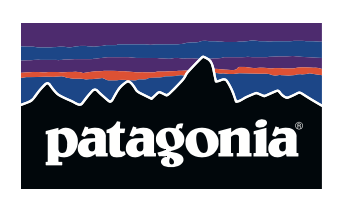
Get involved in local projects: www.patagonia.com/actionworks Check out Patagonia’s trail running range: www.patagonia.com/trail
